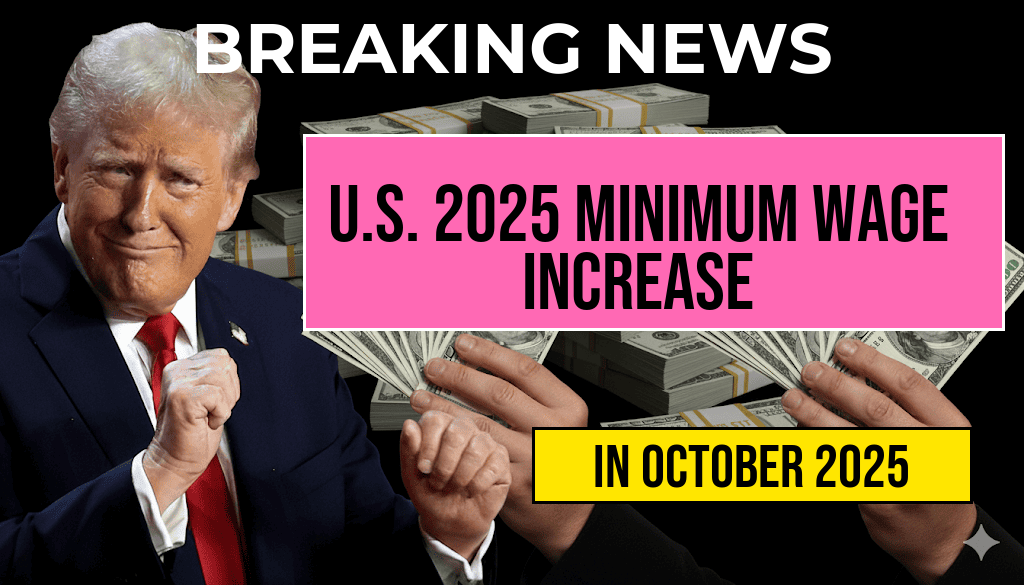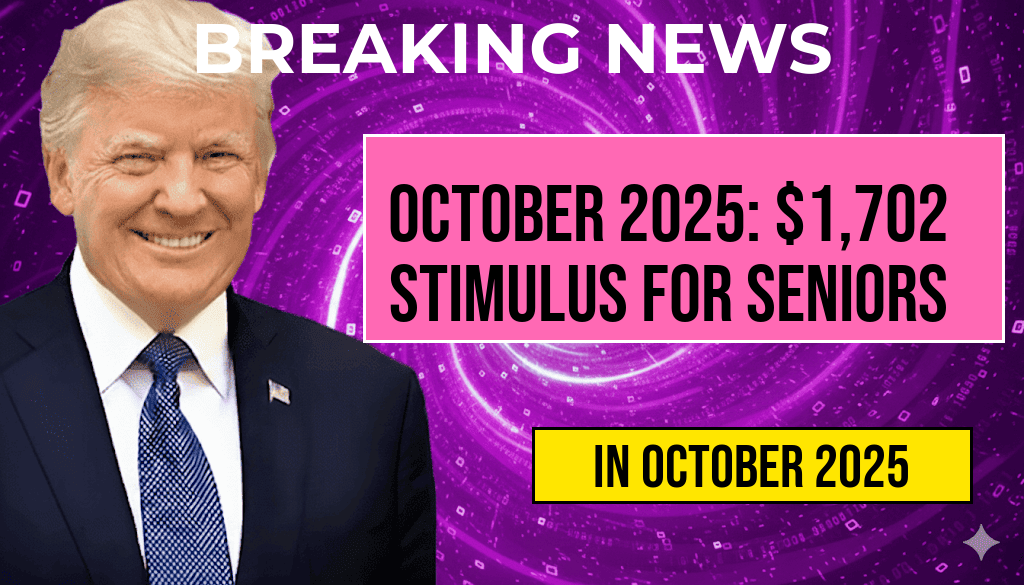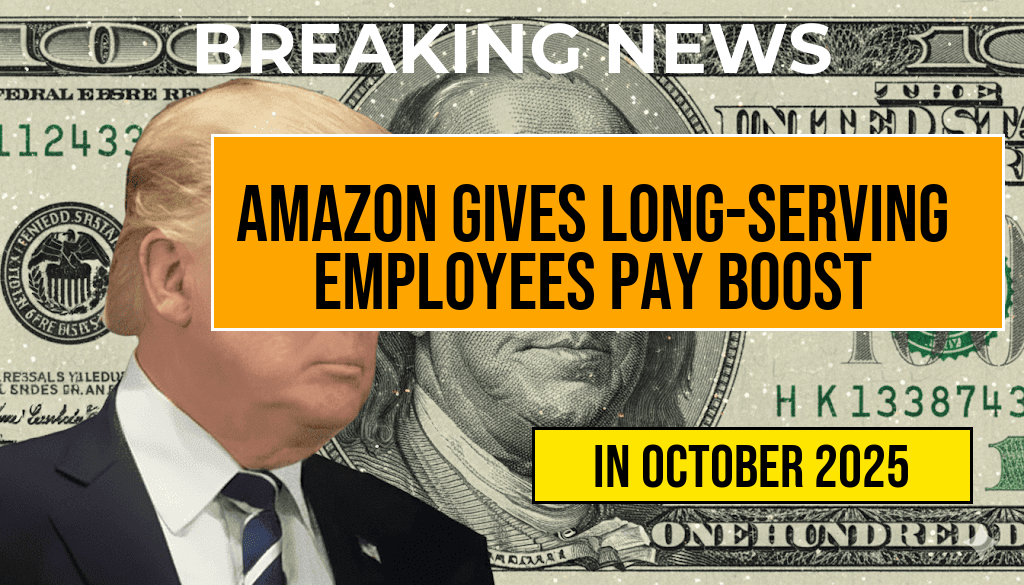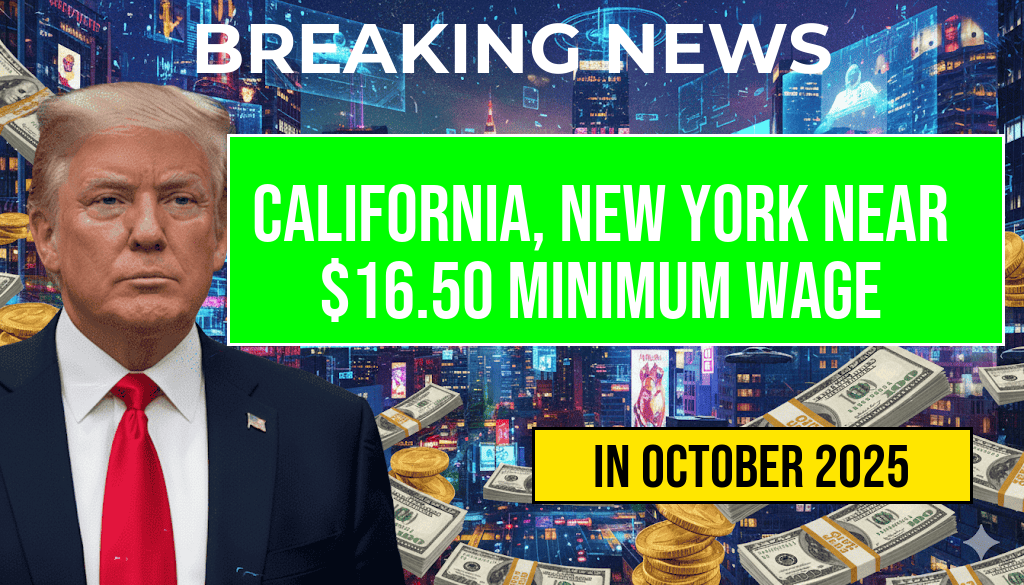The federal government announced an increase in the minimum wage for 2025, set to take effect on October 4, with several states and localities implementing their own adjustments. The new rates reflect ongoing efforts to keep wages aligned with inflation and the rising cost of living across the country. While the federal minimum remains at $7.25 per hour for most workers, a growing number of states and municipalities have adopted higher rates, some reaching as high as $15 or more. This adjustment is expected to impact millions of workers, particularly in sectors such as retail, hospitality, and healthcare, where minimum wage jobs are prevalent. Employers and employees alike are preparing for the change, which could influence hiring practices and wage negotiations in the coming months.
Federal and State Minimum Wage Updates for 2025
Although the federal minimum wage remains unchanged at $7.25 since 2009, many states have set higher minimums through legislation or ballot initiatives. For 2025, several states are increasing their minimum wages effective October 4, aligning with inflation adjustments or scheduled increases. These changes reflect ongoing debates over living wages and economic equity across diverse regions.
Federal Minimum Wage
- Current rate: $7.25 per hour
- Effective date for future changes: No scheduled increase for 2025
- Impacted workers: Primarily those in states without higher minimums
For detailed information on federal wage policies, visit the Wikipedia page on the federal minimum wage.
State-Level Increases
States with scheduled minimum wage hikes for 2025 include California, New York, and Washington, among others. These states often set their own rates, sometimes exceeding federal guidelines, to better reflect local economic conditions.
| State | New Minimum Wage | Previous Rate |
|---|---|---|
| California | $16.00 | $15.50 |
| New York | $15.75 | $15.00 |
| Washington | $15.74 | $15.65 |
| Massachusetts | $15.00 | $14.25 |
| Oregon | $14.75 | $14.20 |
Factors Driving the Wage Adjustments
The upward revisions in state minimum wages are primarily driven by inflation, increased living costs, and political commitments to reduce income inequality. Many states have index-based systems that automatically adjust wages annually, ensuring workers’ pay keeps pace with economic changes. Policymakers argue that higher wages help stimulate local economies by increasing consumer spending, while critics warn of potential impacts on employment levels and business costs.
Economic Implications
- Potential boosts in consumer spending, especially in low-income communities
- Reduced reliance on public assistance programs for low-wage earners
- Possible shifts in employment patterns or hours worked
Research from institutions such as the Economic Policy Institute suggests that moderate minimum wage increases have minimal negative effects on employment, while significantly improving living standards for workers.
Employer Preparedness and Employee Impact
Businesses across sectors are adjusting budgets and staffing plans in response to the upcoming wage changes. Larger corporations often have the resources to absorb increased labor costs, but smaller businesses face challenges in maintaining profitability while complying with new wage standards. Some employers are considering automation, restructuring, or passing costs onto consumers.
For workers, the wage hike promises immediate benefits, especially for those earning near the previous minimums. Many are optimistic about increased purchasing power, but some are concerned about potential inflationary pressures that might offset gains.
Community and Advocacy Responses
- Labor unions and advocacy groups are celebrating the increases, emphasizing the importance of fair wages
- Some business associations express concern about the financial burden on small enterprises
- Public opinion remains divided, with ongoing debates about the balance between wage growth and economic stability
Looking Ahead
The October 4 wage updates mark a significant milestone in the ongoing dialogue surrounding income inequality and economic justice. While federal minimum wage stagnation persists, the rising state and local rates demonstrate a patchwork approach to addressing worker needs. Experts continue to monitor how these changes influence employment, consumer behavior, and overall economic health, with many advocating for federal policies to establish a more uniform wage floor across the country.
For additional insights into the history and future of minimum wage policies in the United States, visit the Wikipedia article on minimum wage in the U.S..
Frequently Asked Questions
What is the new minimum wage rate effective October 4, 2024?
The U.S. minimum wage has increased to $X.XX per hour, effective October 4, 2024, reflecting recent legislative updates for 2025.
Which states or cities are affected by the 2025 minimum wage increase?
The minimum wage increase applies to several states and cities that have set higher rates than the federal minimum, with specific rates varying based on local laws and regulations.
How does the 2025 wage increase impact employers and employees?
The wage increase ensures that employees earn a fairer hourly pay aligned with inflation and cost of living adjustments, while employers may need to adjust their payroll and budget planning.
When will the new minimum wage be implemented nationwide?
The new minimum wage takes effect on October 4, 2024, with some states and localities adopting it earlier or later based on their specific legislation.
Are there any exceptions or special rules regarding the 2025 minimum wage increase?
Yes, certain employee classifications or industries might have different wage standards, and some small businesses or government agencies may be exempt or subject to specific rules.








